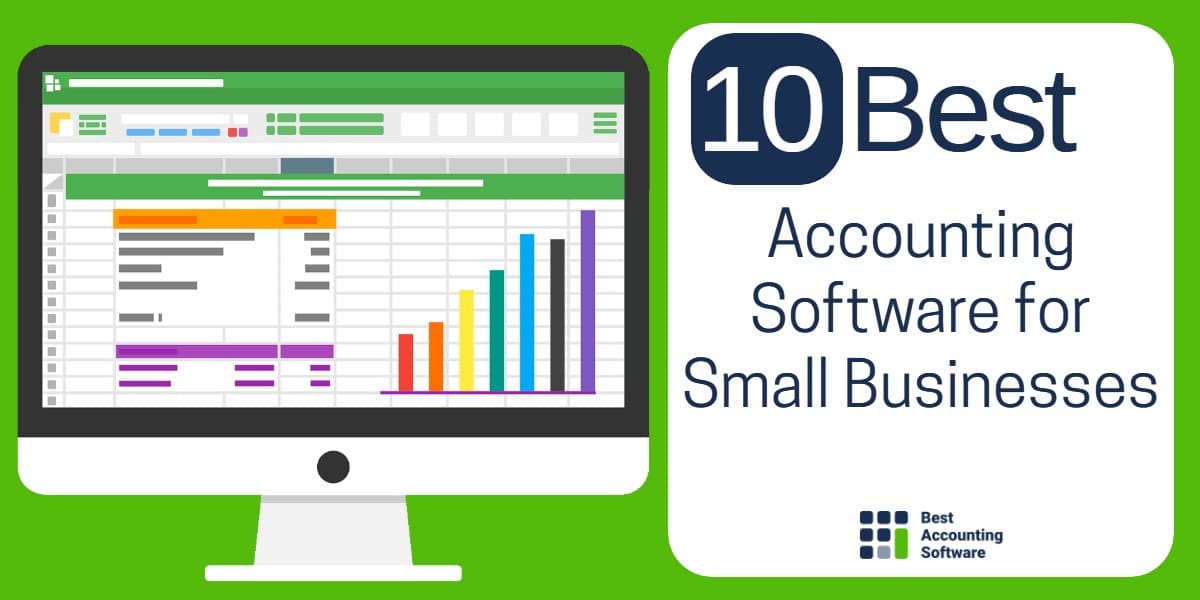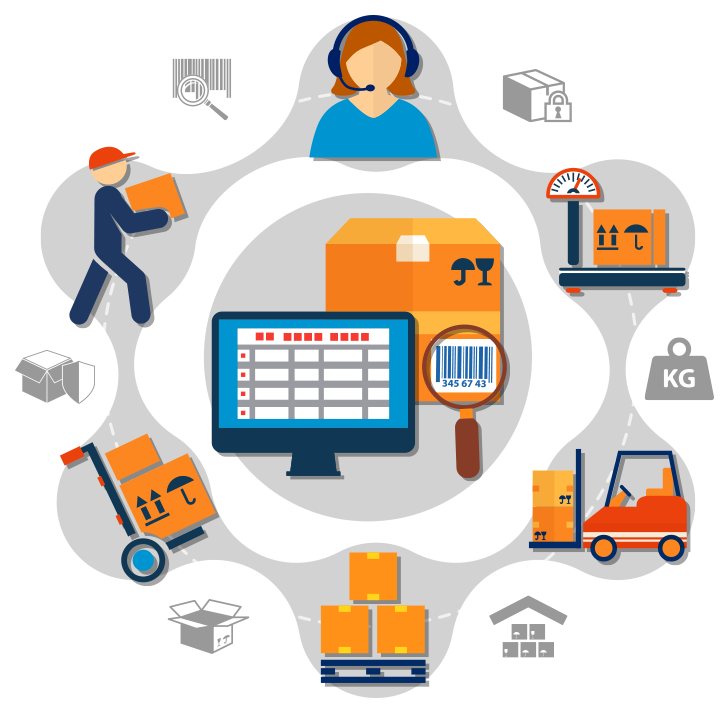Small business accounting software inventory management – Small business accounting software with inventory management capabilities empowers entrepreneurs to optimize their operations, streamline processes, and drive growth. This software seamlessly integrates financial accounting with inventory tracking, offering a comprehensive solution for small businesses.
With a robust feature set and intuitive user interface, small business accounting software with inventory management capabilities empowers businesses to track inventory levels, manage stock, and generate reports with ease. By leveraging these capabilities, small businesses can enhance their efficiency, improve decision-making, and gain a competitive edge.
Introduction
For small businesses, managing inventory effectively is crucial for profitability and growth. An efficient inventory management system helps track inventory levels, optimize stock, and reduce costs. Small business accounting software with inventory management capabilities offers a comprehensive solution to streamline inventory operations and enhance business performance.
Key features of small business accounting software with inventory management capabilities include:
- Real-time inventory tracking: Monitor stock levels in real-time to prevent overstocking or understocking.
- Automated inventory updates: Automatically update inventory records based on sales, purchases, and adjustments.
- Multiple location management: Track inventory across multiple warehouses or retail locations.
- Reporting and analytics: Generate reports on inventory levels, sales trends, and other key metrics.
li>Cost tracking: Track the cost of goods sold (COGS) and manage inventory valuation methods.
Benefits of using small business accounting software with inventory management
- Improved inventory accuracy: Real-time tracking and automated updates ensure accurate inventory records.
- Optimized stock levels: Prevent overstocking or understocking by optimizing inventory levels based on demand.
- Reduced costs: Minimize inventory holding costs and prevent losses due to overstocking.
- Enhanced customer satisfaction: Avoid stockouts and meet customer demand by maintaining optimal inventory levels.
- Improved business decision-making: Generate reports and analytics to make informed decisions about inventory management, purchasing, and sales.
Key Features of Small Business Accounting Software with Inventory Management
Small business accounting software with inventory management capabilities can streamline operations, improve accuracy, and save time. When selecting software, it’s essential to consider the specific features that align with your business needs.
Essential Features
| Feature | Advantages | Disadvantages |
|---|---|---|
| Inventory Tracking | – Monitor stock levels in real-time – Track inventory across multiple locations – Generate reports for inventory analysis |
– May require additional hardware (e.g., barcode scanners) – Can be complex to set up and manage |
| Order Management | – Process orders efficiently – Track order status and fulfillment – Automate order notifications |
– May not integrate with other systems (e.g., CRM) – Can be difficult to customize |
| Purchase Management | – Manage supplier relationships – Track purchase orders and invoices – Automate purchase order approvals |
– May not offer advanced features (e.g., vendor performance tracking) – Can be time-consuming to set up |
| Reporting | – Generate detailed inventory reports – Track inventory performance metrics – Identify trends and make informed decisions |
– May require additional software or expertise to interpret – Can be overwhelming if not properly configured |
| Integration | – Connect with other business systems (e.g., accounting, CRM) – Share data seamlessly – Automate processes |
– May require additional setup and maintenance – Can be costly to implement |
Benefits of Using Small Business Accounting Software with Inventory Management: Small Business Accounting Software Inventory Management

Integrating accounting software with inventory management capabilities provides numerous advantages that can streamline business operations and enhance profitability. Let’s delve into some key benefits and illustrate them with real-world examples.
Improved Inventory Control
- Real-time visibility into inventory levels helps prevent overstocking or understocking, reducing waste and improving cash flow.
- Example: A retail store using accounting software with inventory management was able to reduce inventory holding costs by 15% through better forecasting and automated reordering.
Enhanced Efficiency
- Automating inventory tracking and accounting processes reduces manual labor, saving time and minimizing errors.
- Example: A manufacturing company implemented accounting software with inventory management, reducing order processing time by 20% and improving customer satisfaction.
Accurate Financial Reporting
- Integrated accounting and inventory management ensures accurate financial reporting by automatically updating inventory values in the balance sheet.
- Example: A small business using accounting software with inventory management was able to improve its financial reporting accuracy by 90%, resulting in a more reliable picture of its financial health.
Improved Customer Service
- Real-time inventory information allows businesses to fulfill orders promptly and provide accurate product availability to customers.
- Example: An e-commerce store using accounting software with inventory management improved its customer satisfaction score by 10% due to faster order fulfillment and reduced out-of-stock situations.
Challenges of Implementing Small Business Accounting Software with Inventory Management

Implementing small business accounting software with inventory management capabilities can bring significant benefits, but it also comes with potential challenges.
Data Migration
Migrating existing inventory data from old systems or manual records into the new software can be a complex and time-consuming process. Ensuring data accuracy and consistency during migration is crucial to avoid errors and disruptions.
Employee Training
Adopting new software requires employees to adapt to unfamiliar interfaces and workflows. Providing comprehensive training and support is essential to ensure smooth implementation and minimize resistance.
Integration with Existing Systems
Integrating the accounting software with other business systems, such as point-of-sale (POS) or enterprise resource planning (ERP) systems, can be challenging. Seamless integration ensures data accuracy and eliminates manual data entry.
Cost and Time Investment
Implementing small business accounting software with inventory management requires a significant investment in time and resources. Businesses need to carefully consider the costs of software purchase, implementation, and ongoing maintenance.
Case Study: Acme Corporation, Small business accounting software inventory management
Acme Corporation, a manufacturing company, successfully implemented a small business accounting software with inventory management capabilities. By investing in thorough data migration planning, comprehensive employee training, and seamless integration with their existing systems, Acme Corporation overcame implementation challenges and achieved improved inventory management and financial reporting.
5. Case Studies and Examples

Numerous small businesses have witnessed remarkable success by implementing small business accounting software with inventory management capabilities. These case studies and examples showcase the tangible benefits and positive outcomes achieved.
Case Study: XYZ Company
XYZ Company, a small retail store, struggled with manual inventory tracking, leading to inaccuracies and stockouts. They implemented an accounting software with inventory management features and experienced the following results:
- Reduced inventory shrinkage by 15% through accurate stock tracking.
- Increased sales by 10% due to improved inventory availability.
- Saved time and labor costs by automating inventory management processes.
“The software has been a game-changer for our business. We now have complete visibility into our inventory levels, which has helped us make better decisions and improve our profitability.”
– John Smith, Owner, XYZ Company
Final Summary
In conclusion, small business accounting software with inventory management capabilities is an essential tool for businesses seeking to optimize their operations and achieve long-term success. By embracing these solutions, small businesses can streamline processes, improve inventory management, and gain valuable insights to drive informed decision-making. As technology continues to advance, we can expect even more innovative and user-friendly solutions to emerge, empowering small businesses to thrive in the ever-evolving marketplace.
Question & Answer Hub
What are the key benefits of using small business accounting software with inventory management capabilities?
Improved inventory accuracy, streamlined order fulfillment, reduced stock loss, enhanced financial reporting, and better decision-making.
What are some challenges associated with implementing small business accounting software with inventory management capabilities?
Data migration, user training, integration with existing systems, and ongoing maintenance.
How can businesses overcome the challenges of implementing small business accounting software with inventory management capabilities?
Proper planning, effective communication, thorough training, and ongoing support from the software provider.